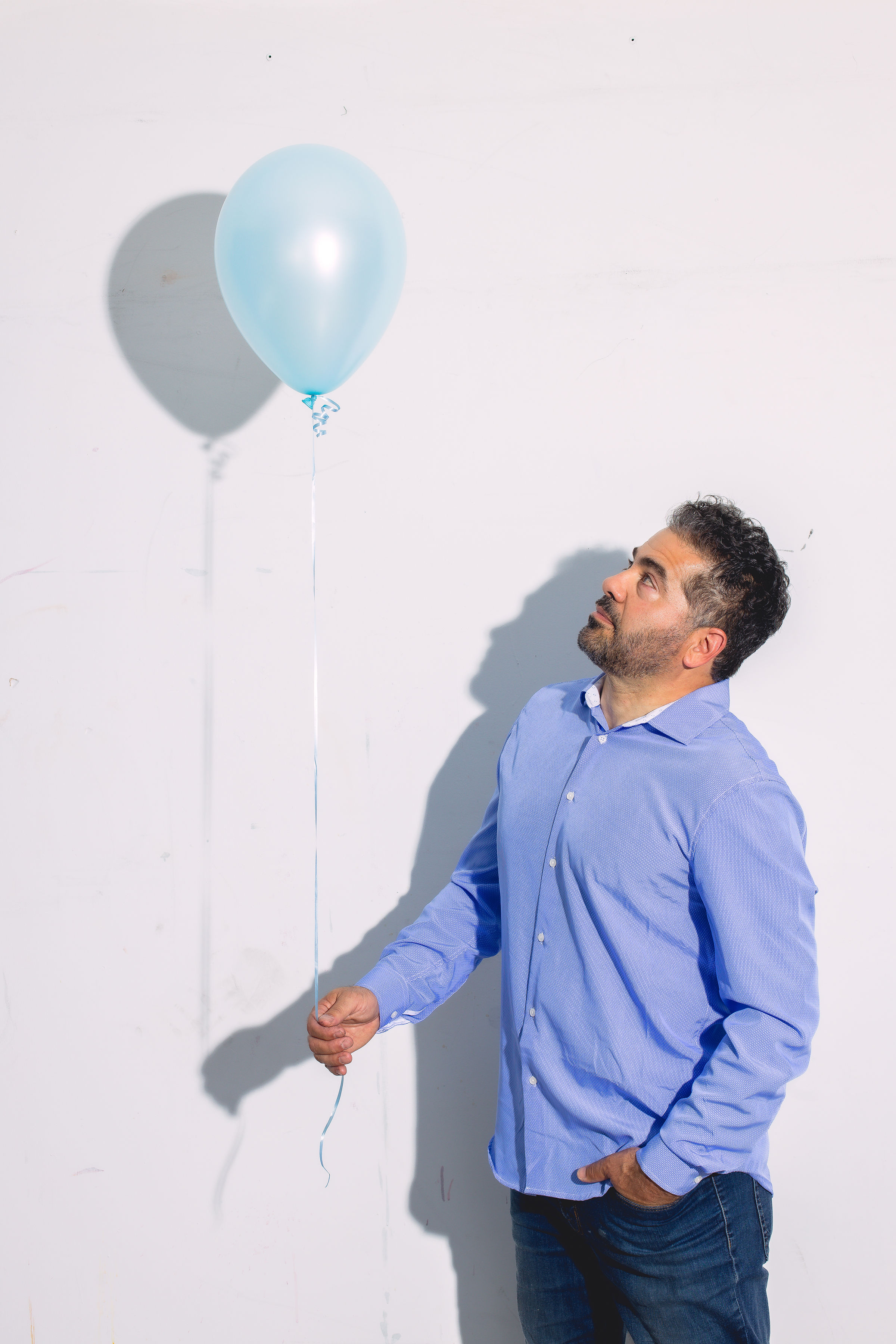Copy of Cool-Down Corners - Where Self-Regulation Happens
- Alan Aymie
- Mar 13, 2024
- 3 min read

I recently spoke at the California Teacher's Association New Educator's Conference and one of the most misunderstood supports amongst teachers is the "Cool Down Area". There seems to be a lot of questions regarding its validity, how best to use it, what constraints and regulations should be put on it, and how it might be seen by their more experienced peers who don't have one in their class.
For those who don’t know, a "Cool Down" space (it can be a corner, small nook, or other area in the classroom (or your home) where children can take a few minutes to self-regulate, calm BIG feelings, and build self-reflection practices. It is most often used when a student's stress, anxiety, anger, or frustration interfere with their ability to focus and learn.
The benefits are numerous, which include but are not limited to:
Promoting emotional and sensory regulation
Reducing anxiety and overstimulation
Encouraging self-regulation, independence, and empowerment
Fostering inclusivity and understanding among all students
Creating a supportive and mindful learning environment in the classroom
Setting up a cool down area in your classroom can be as simple as:
Choosing a Quiet Space: Select a designated area in the classroom that is away from distractions and noise. This space should be comfortable and calming, with soft seating or cushions if possible. If it can have a touch of privacy - even better. Remember our neurodivergent students must withdraw from an event/incident to self-regulate.
Provide Calming Tools: Equip the cool down area with sensory tools such as stress balls, fidget toys, or tactile objects. Include calming visual aids like picture cards with peaceful scenes or other calming objects, pillows, etc.
Electronics Free: Make sure the space is free of any electronic devices and is honored as a space where students can be alone, quiet and self-reflective.
When introducing the space to your classroom, clear guidelines and rules for its use are important (just remember flexibility is something our neurodivergent learners struggle with so personally, I believe modeling flexibility around these guidelines can also be beneficial). However, here are some possible guidelines to consider:
Time Limits: Setting clear time limits ensures that it is used as a short-term emotional regulation tool rather than a place for prolonged isolation.
Respect for the Space: Teach students to respect the privacy of others using the cool down area and to maintain a quiet and calm environment.
Purpose: Explain the purpose of the cool down area as a place for self-regulation, sensory input, and emotional management, rather than a place for socializing or avoiding responsibilities.
By establishing these limitations and guidelines, you can ensure that the cool down area is used effectively and respectfully within your classroom.
Also, please remember it is key to allow an easy "stress-free" return to classroom activities when a student chooses to do so.
The return to classroom activities should not be dependent on any lectures, discussions, or permission seeking at the moment of return. There are far more advantageous times to counsel with a student than at their time of return.
Following these simple guidelines can provide your classroom (or home) with a space where your child can build resilience, a sense of calm, and reflect upon various social-emotional skills.
And remember, as far as those senior teachers who don’t have a “cool-down” area or even may question its validity, your class can be the one to model its value and benefit.
For more ideas, information, or helpful tips to support your neurodivergent student or children, subscribe HERE









Comments